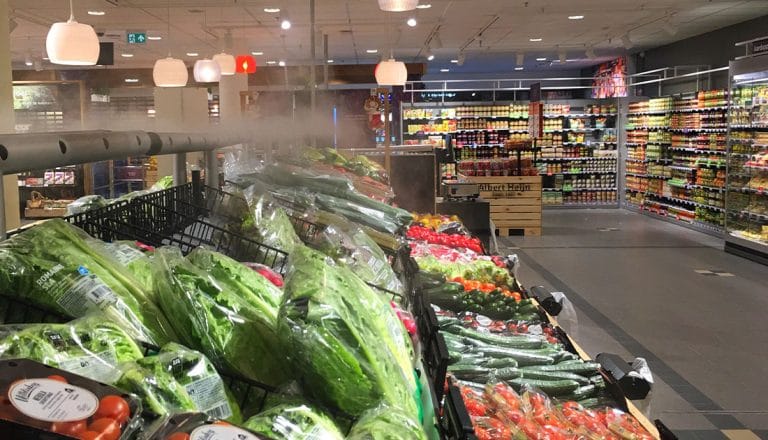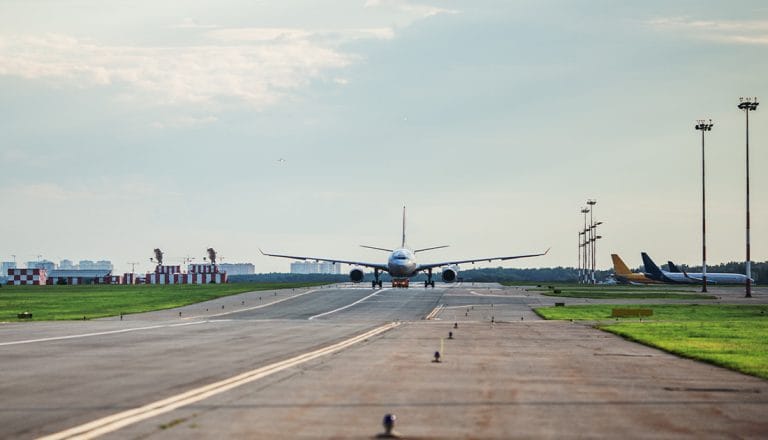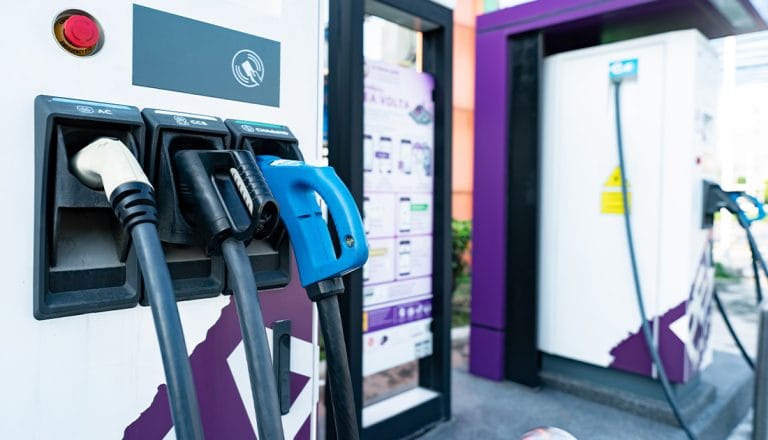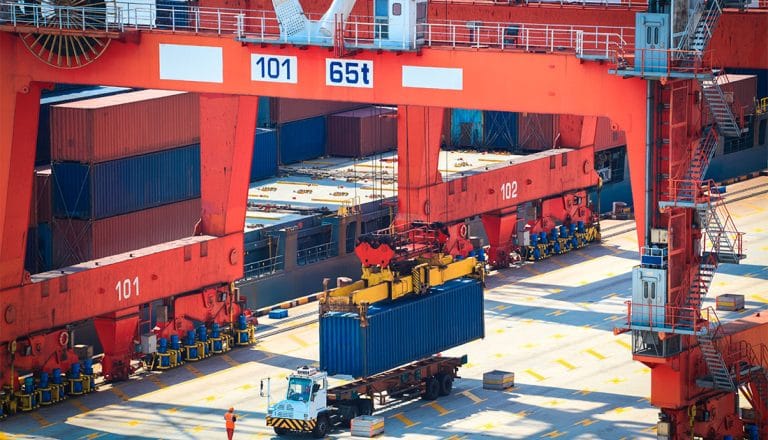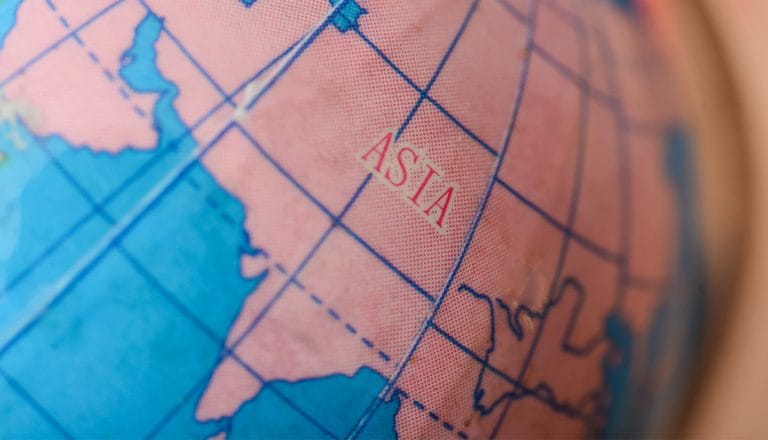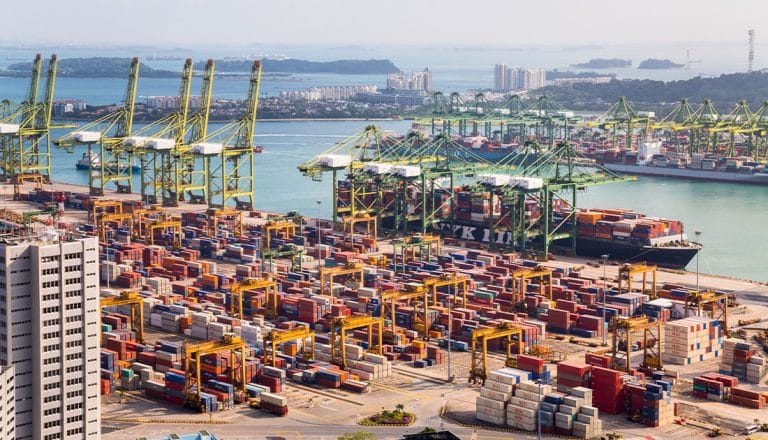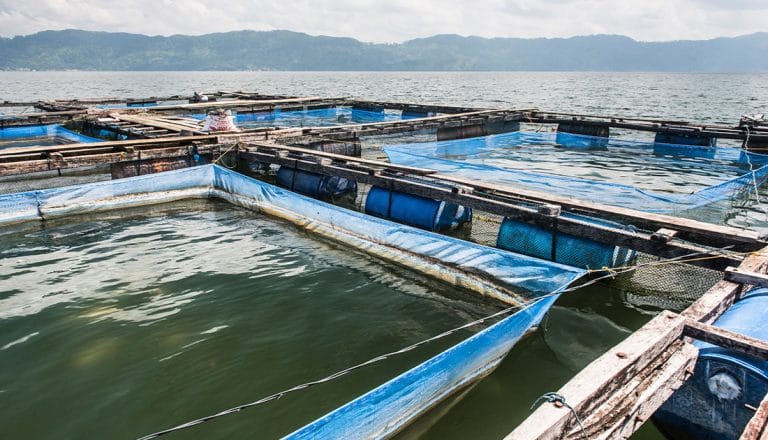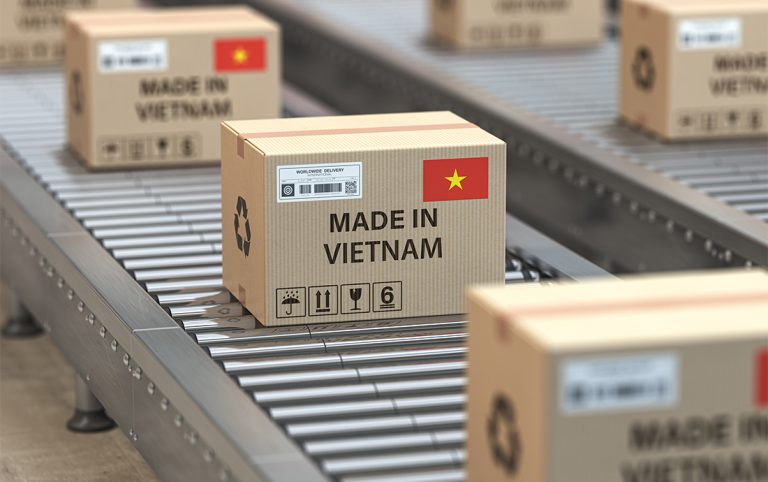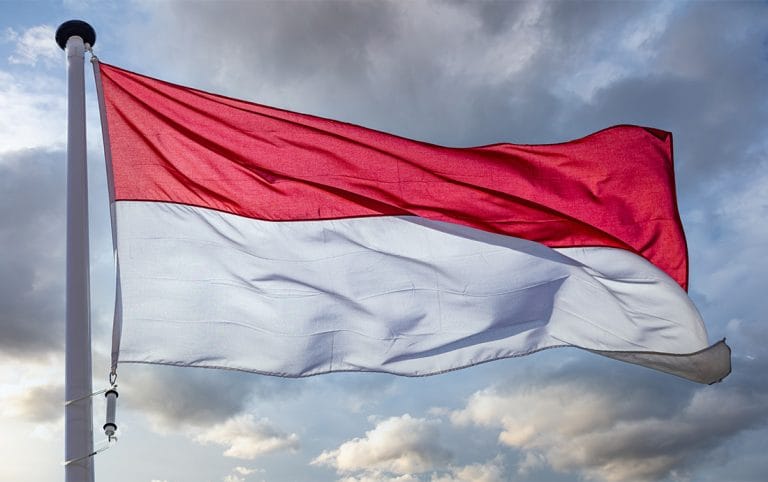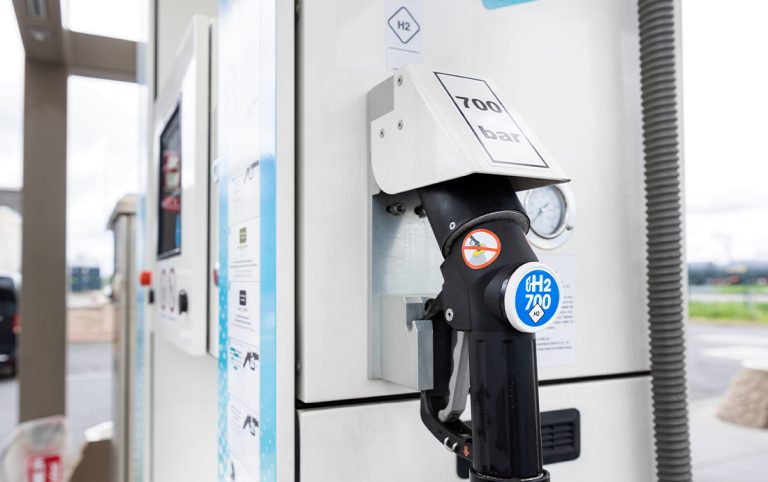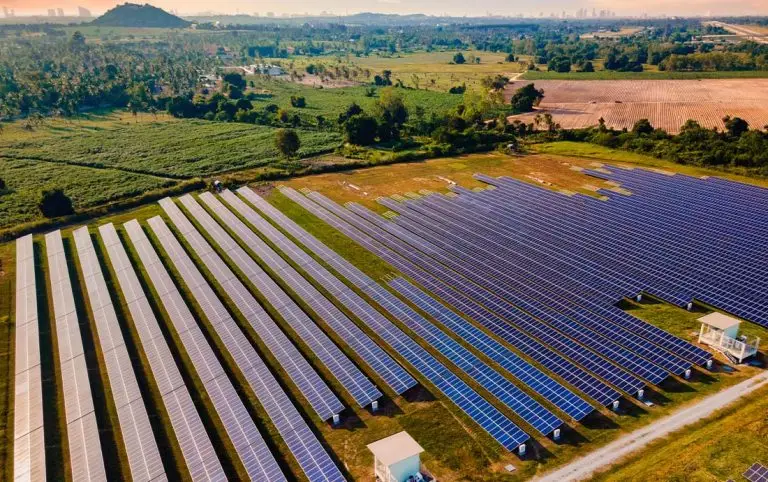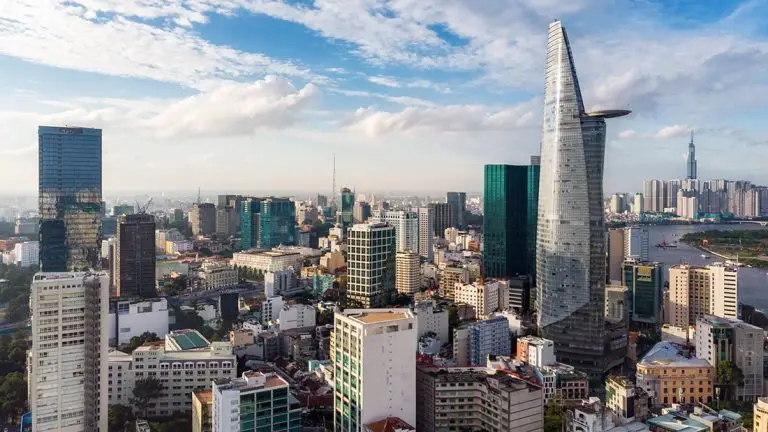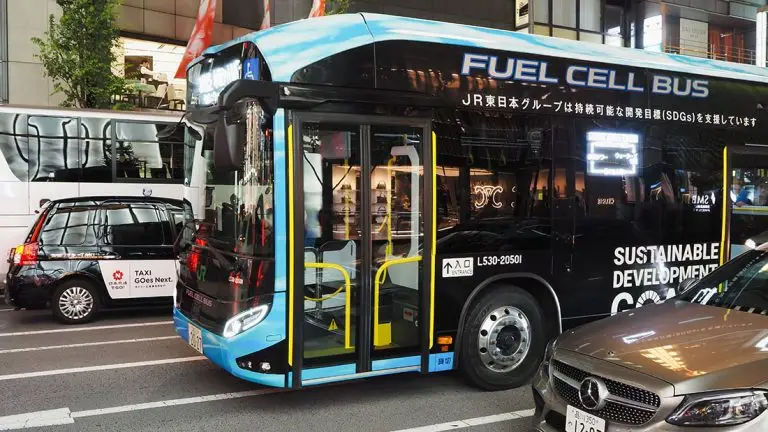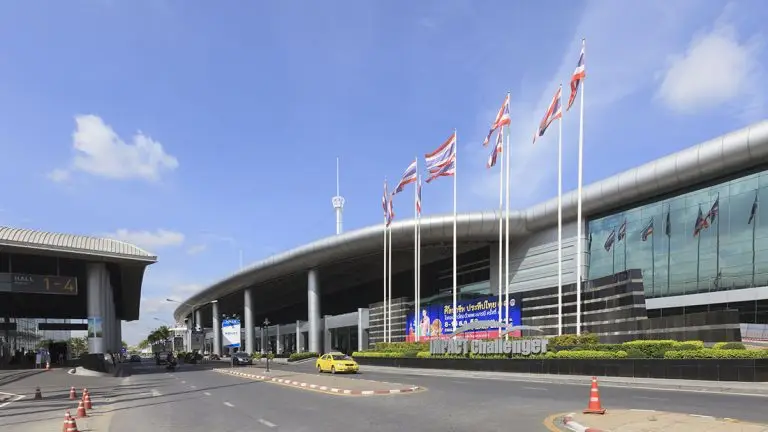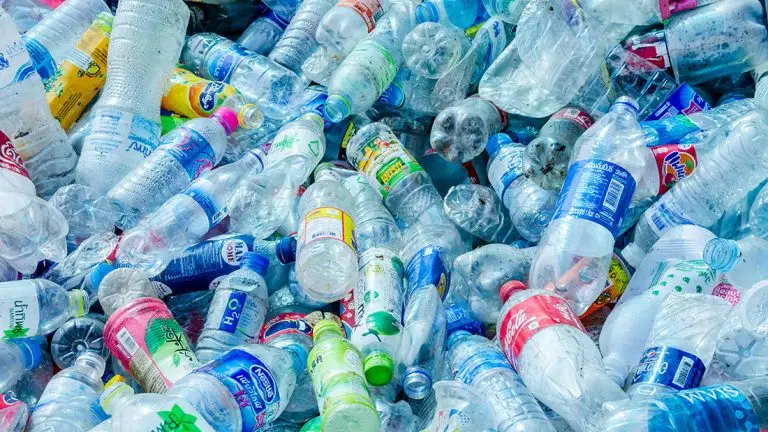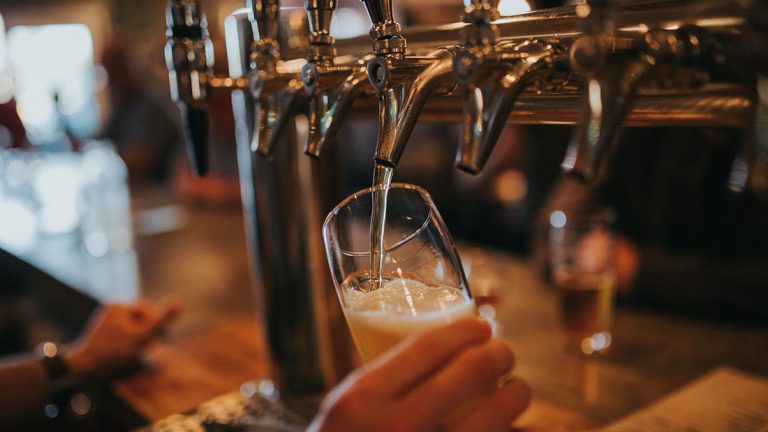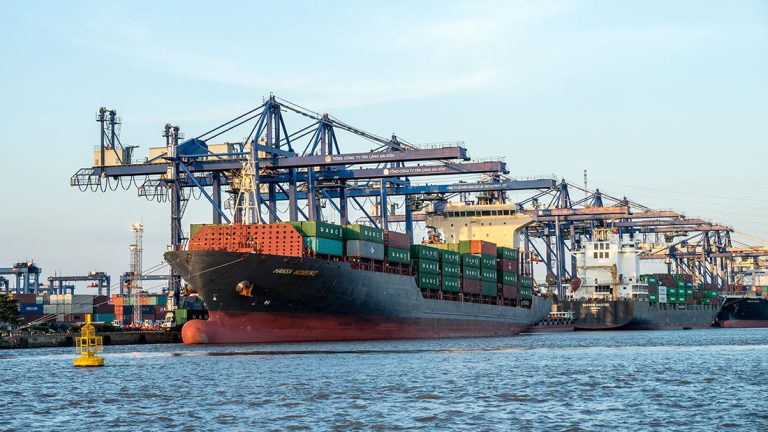- A growing middle class and greater awareness of health are leading to changes in the Asian food & beverage industry
- Revenues for both food and drink products are predicted to see compound annual growth rates of above five percent
- Companies considering market entrance must locate suitable countries, develop sales channels and identify partners
Increasing public awareness of health and wellness, as well as urbanisation, has left the Asian food & beverage industry playing catch-up. Products providing nutritional benefits while being quick and easy to prepare are increasingly in demand. There is also interest in overseas items, which are sometimes perceived as more reputable by consumers. Asian Insiders Managing Partner Jari Hietala provides an update on the evolving Asian food & beverage industry.
The Asian food & beverage industry is changing. Consumers across the region are now putting greater emphasis on health, nutrition and quality. This has provided overseas companies with a unique opportunity to enter the market and tap into a growing sector.
Asia-Pacific food market revenues are projected to surpass USD4 trillion this year. The sector’s compound annual growth rate (CAGR) is estimated to be above six percent annually over the next five years. Meanwhile, the non-alcoholic beverage industry’s revenues are predicted to grow at a CAGR of 5-8 percent over the same time period.
Businesses eying Asian market entrance must be prepared to keep up with trends. Consumers across the region are moving away from the sugary drinks and fatty, salty snacks that once dominated. Additionally, buying preferences have evolved, meaning traditional sales channels are no longer enough for success.
Why are consumer habits changing?
Shifting trends in the Asian food & beverage industry are being driven by two key factors: a growing awareness of health and an increase in spending power. These will shape the industry for years to come.
A deeper understanding of nutrition and a desire for food and drinks that provide health benefits are direct results of the pandemic. Public awareness has skyrocketed in the past five years. Consumers in many Asian countries now seek products perceived as being in line with a healthy lifestyle. This isn’t to say the trend is universal.
Markets, especially those in developing countries, are still in the early stages of knowledge building. In countries like Vietnam and Indonesia, demand for these can be limited to large cities. It may take time for health-focused food & beverage products to gain widespread acceptance, but the early signs are promising.
A reason for optimism is the growing middle-class population found throughout Asia. Oxford Economics predicts it will double in India before the end of the decade while Vietnam could see growth of more than 20 percent. Indonesia, Thailand and the Philippines are all projected to experience significant growth in their middle classes in the coming years.
Increased spending power and a greater value placed on personal wellbeing create a massive opportunity for food and beverage enterprises specialising in nutritional products.
Markets to watch
Indonesia
The pandemic saw the Indonesian population seek out supplements and food and beverage products to maintain good health. Since then, interest has grown among consumers, many of whom are adopting lifestyles focused on preventative options. Others are searching for products that can support wellness goals, such as muscle gain.
There is also a greater understanding of diabetes, hypertension, obesity, and other diseases related to individual lifestyle in the country, which will fuel demand further. Additionally, Indonesia’s growing elderly population may lead to an increase in demand for specialised supplements that meet the unique needs of this group.
Much of the growth in supplement consumption would not have been realised without the simultaneous development of the country’s middle class and an increase in disposable income. Research from the World Bank showed health expenditure per capita in Indonesia rose by nearly 150 percent between 2021 and 2023.
Thailand
Thailand has two demographics shaping food and beverage demands. There is a young, urban population avoiding sugary and fatty products in favour of those offering better nutritional value. Then you have the country’s rapidly expanding aging population, which needs products tailored to their specialised dietary requirements.
Both segments hold positive views of overseas food & beverage products, although it does require some work in marketing to ensure the public is aware of unique selling points. An example of success can be found in Norwegian seafood which has seen growth in both export volumes and prices for salmon, trout and mackerel.
India
A significant shift occurred at the start of 2025 when Indian Minister of Commerce and Industry Piyush Goyal announced the food and beverage industry would allow 100 percent foreign direct investment (FDI). While overseas ownership had been permitted in food processing, the sweeping change could have a far-reaching impact.
The move is seen as critical for India to reach its stated target of having USD100 billion in combined exports from the food and beverage, agriculture, and marine product industries by the end of the decade. The race is now on to double this amount in short order.
Opportunities here include value-add and ready-to-eat products providing health benefits. In terms of the latter, the market was valued at nearly USD900 million in 2024, with projections showing this figure could rise to more than USD2 billion by 2030.
Final thoughts on the Asian food & beverage industry
The Asian food and beverage industry is predicted to experience notable growth in the coming years. However, changing consumer preferences along with increasing disposable income are creating opportunities that didn’t previously exist in many countries.
Achieving success in the region does require thorough due diligence. Preferences and tastes vary from country to country. What will gain acceptance in one location may not be of interest in another. Even after locating a suitable market, sales channel development and identifying partners can be just as challenging.
At Asian Insiders, we can assist with all these tasks. Our team of in-country experts has extensive experience in the food and beverage sector, possessing the knowledge and connections necessary to win in Asia.
New opportunities are emerging in the Asian food and beverage sector. To learn more about how your company can take advantage of this, schedule a no-obligation call with Jari Hietala, Managing Partner: jari.Hietala (at)asianinsiders.com











